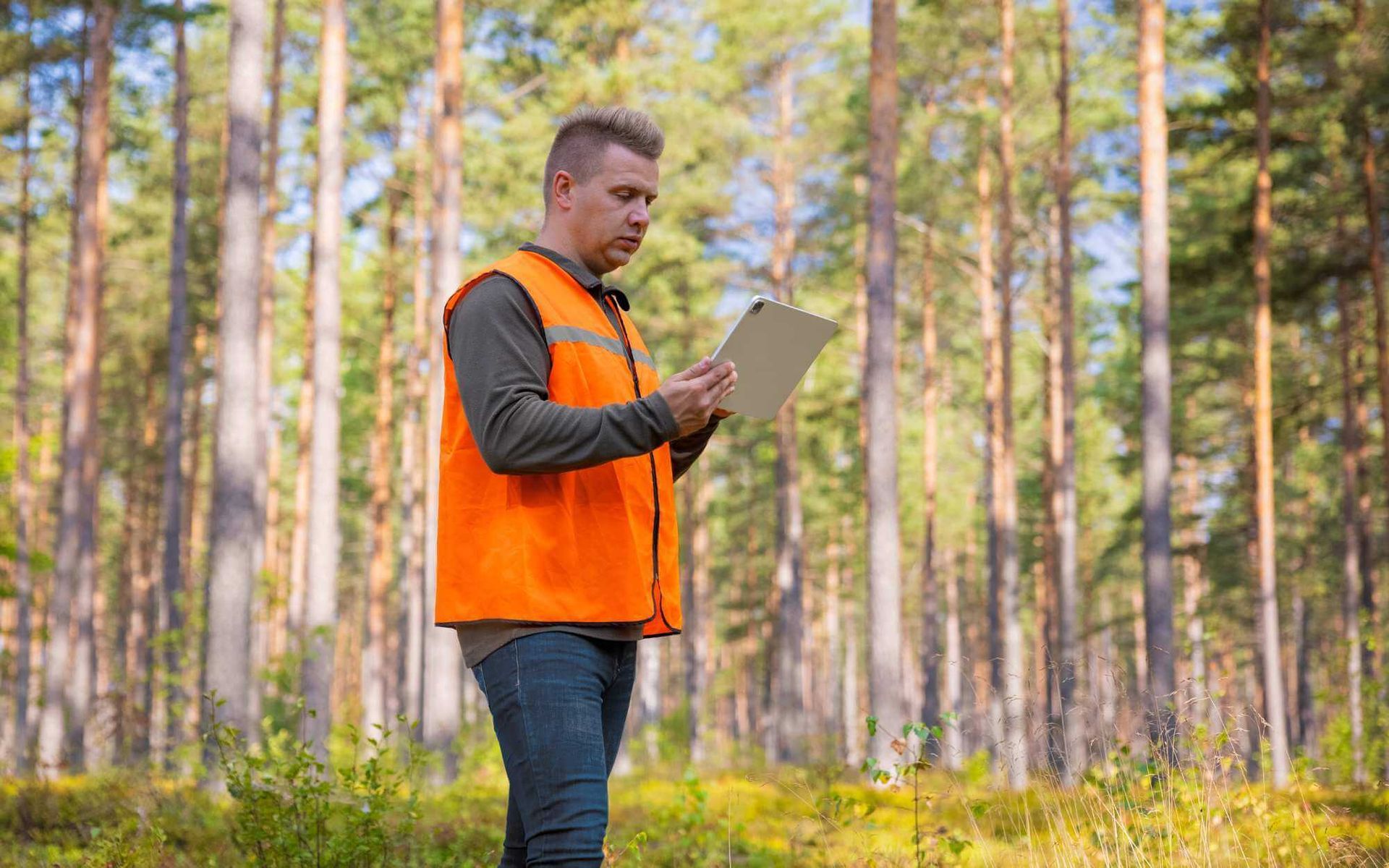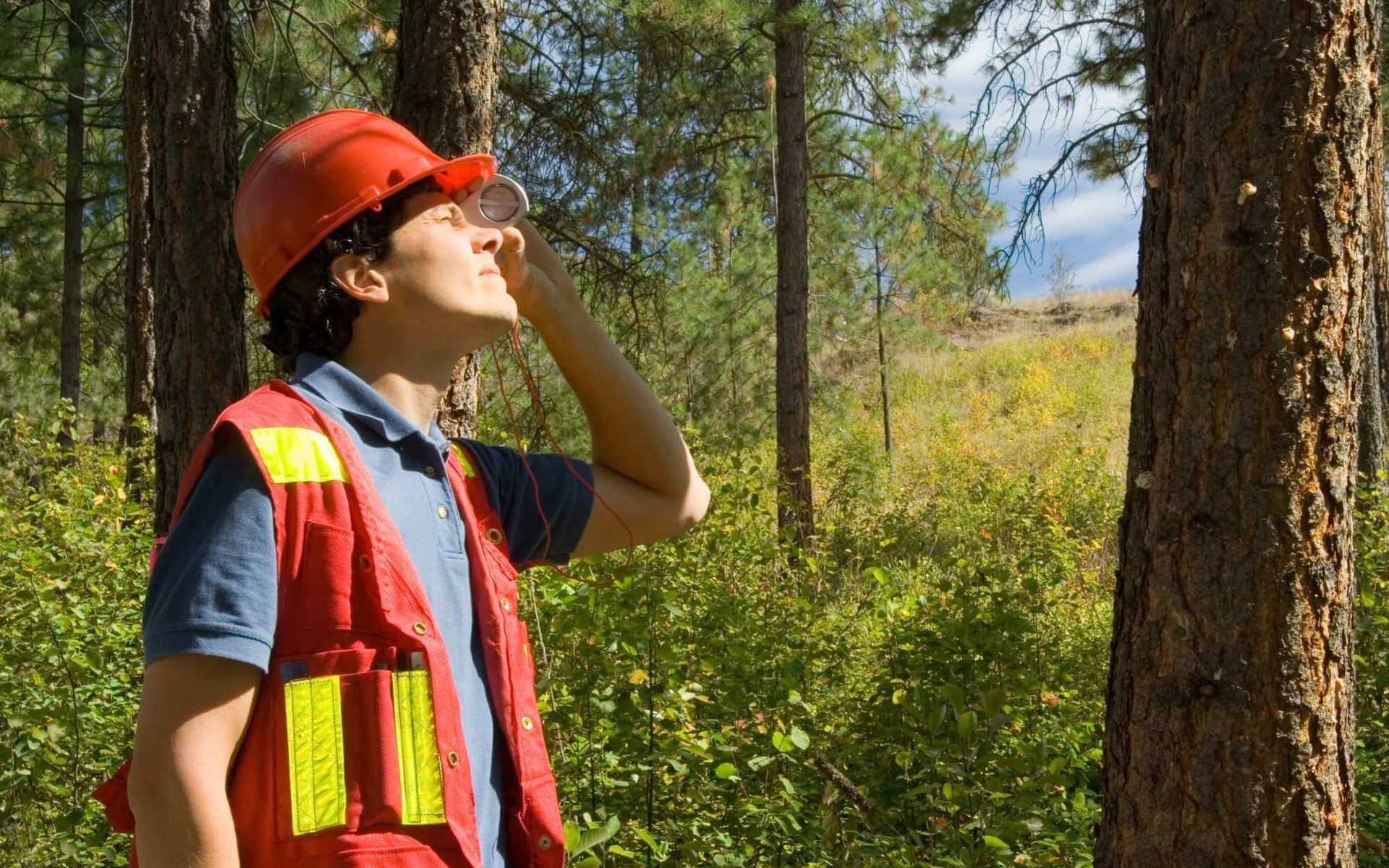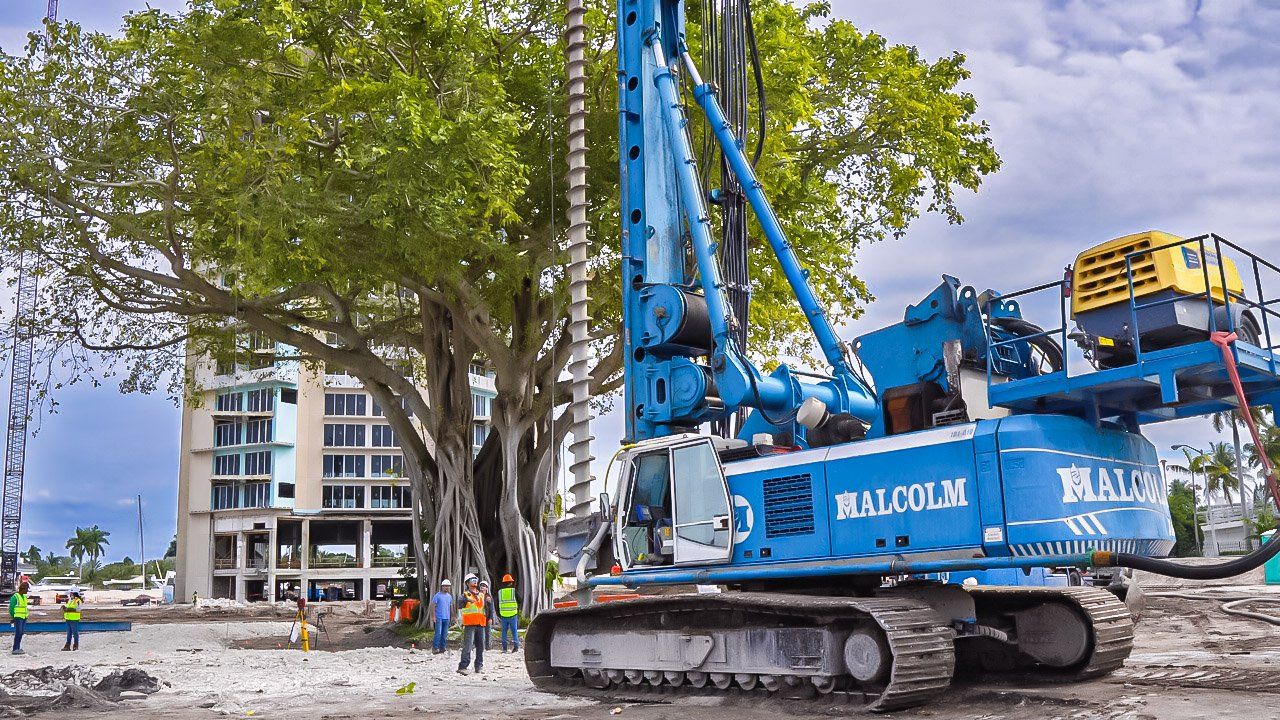Real Tree Team
Arborist, Tree Service and Tree Removal Services
License #: FL-10250A
CALL FOR A FREE QUOTE!
Strategic Tree Preservation Planning for Construction
PUBLISHED ON
SHARE THIS ARTICLE

In today's rapidly developing world, construction projects are on a constant surge. However, this should not translate into dismissing the essential role trees play in our ecosystem.
Tree preservation during construction isn't just an ethical responsibility but also provides a multitude of direct and indirect benefits. Strategic planning for tree preservation enhances aesthetic appeal, contributes to environmental sustainability, and can even increase property values. It's a win-win situation — aligning economic development with environmental stewardship.
This blog post aims to shed light on the importance of
tree preservation planning for construction and elucidate the benefits of strategic planning toward this goal.
Understanding the Challenges
Construction activities significantly impact trees, often resulting in damage or removal, leading to substantial environmental implications such as increased CO2 levels and reduced biodiversity. Moreover, the loss of trees degrades the aesthetic appeal, negatively affecting local community sentiment and potentially property values.
On the legal front, many jurisdictions have stringent regulations and penalties for unauthorized tree removal, necessitating careful planning and compliance.
Lastly, regulatory bodies often require compensatory plantation or similar mitigation efforts, further emphasizing the need for strategic tree planning for building.
Developing a Tree Preservation Plan

Creating a robust tree preservation plan involves three crucial steps: site assessment, tree identification, and establishing preservation goals.
Site Assessment and Inventory of Trees: This step involves a comprehensive examination of the construction site to identify existing trees, their species, age, and health status. It's key to understanding the site's existing ecosystem and planning around it.
Identifying Trees of High Ecological Value: Not all trees are created equal. Some possess higher ecological value due to their age, rarity, or role in the ecosystem. Identifying these trees is paramount to prioritizing their preservation.
Establishing Preservation Goals and Objectives: Clear, attainable goals guide the tree preservation process. These may include preserving a certain percentage of trees, focusing on certain species, or minimizing the impact on local fauna.
Strategies for Tree Preservation
Effective tree preservation hinges on three pivotal strategies: minimizing construction impact, implementing protective measures, and employing relocation techniques.
Minimizing Construction Impact on Trees: The key to minimizing construction impact is planning. By designing construction paths and spaces to avoid areas with dense tree populations, a significant amount of damage can be averted. This effort includes using machinery that has a less destructive impact on the soil and roots.
Implementing Protective Measures During Construction: Protection measures include erecting barriers around trees, limiting equipment and material storage near trees, and controlling soil compaction. These measures prevent physical damage to the tree and its root system, ensuring their survival amidst construction activities.
Tree Relocation and Transplanting Techniques: In situations where tree preservation on-site is not feasible, relocation offers a viable alternative. This involves careful uprooting and transplanting of trees to a new location, ensuring their longevity while making way for construction. It demands expertise to prevent damage to the tree during the process.
Collaboration and Communication

Engaging with stakeholders, such as local communities, construction teams, and arborists, is critical to the success of tree preservation efforts. Through open dialogues and collaborative workshops, we can ensure all parties understand the value of preserving trees and their vital role in our ecosystem.
Local communities can provide rich insights into the historical and cultural importance of trees in the area. Construction teams need to be educated about careful planning and operation to minimize tree damage, while arborists' expertise is essential in accurately identifying and effectively preserving or relocating trees.
Simultaneously, widespread education initiatives can raise public awareness, fostering a culture of tree preservation and environmental stewardship.
Building Projects and Tree Conservation in Harmony
Strategic tree preservation in construction is pivotal for sustainable growth. It not only safeguards our invaluable ecosystems but also enriches property value and community aesthetics.
By reducing construction impacts, implementing protective measures, and employing relocation techniques, we can balance development with environmental stewardship. It's imperative to engage experts for site assessments, tree identification, and effective preservation or relocation.
Let's commit to sustainable construction practices, prioritize tree preservation, and together, shape a greener future.
Want a free quote or some friendly advice? Call our team today:
More Posts From The Real Tree Blog:
ISA Certified Arborists. Licensed, Insured and Bonded.
Providing the Highest Quality Tree Services to South Florida since 1993.
FOLLOW US ON :
Contact Details
BROWARD & PALM BEACH COUNTIES
Site Links

LGBTQ+ Friendly

ISA Certified Arborist®
FL-10250A
| Real Tree Trimming & Landscaping, Inc




